BoE Monetary Policy Committee member Silvana Tenreyro, a known dove, remarked in a speech that the data sinve November has evolved most like her downside scenario, noting a sharp decline in high-frequency private-sector regular pay growth.
She explained that with the Bank Rate at 4.25%, the restrictive policy is likely to “drag demand well below its potential, loosening the labour market and pulling down on inflation.” As a result, she believes that “inflation is likely to fall well below target.”
Tenreyro voted for no change in the Bank Rate in recent months, instead of further tightening, as she believes a looser stance is necessary to achieve the inflation target in the medium term.
She expressed her expectation that the current high level of the Bank Rate “will require an earlier and faster reversal, to avoid a significant inflation undershoot.”
Full speech of Silvana Tenreyro here.




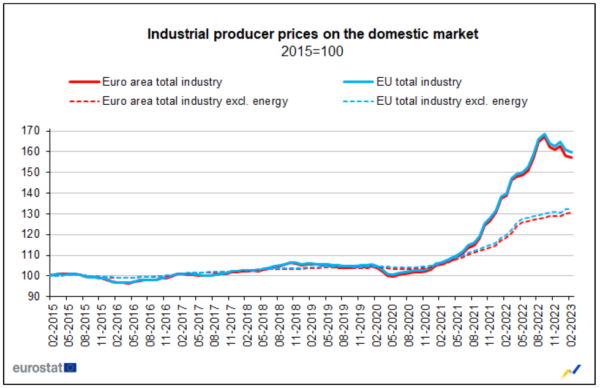
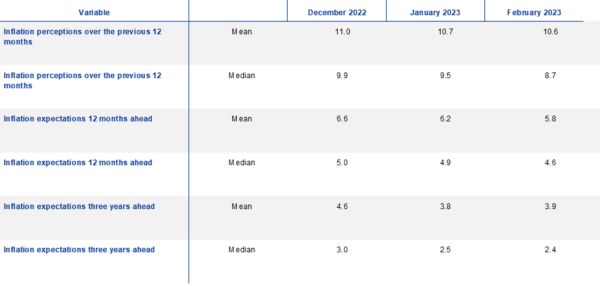
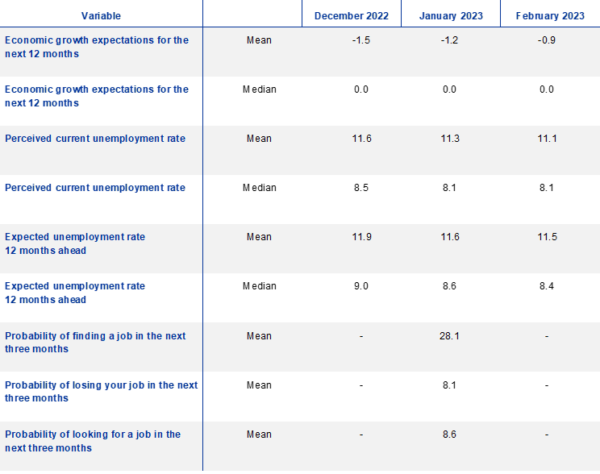
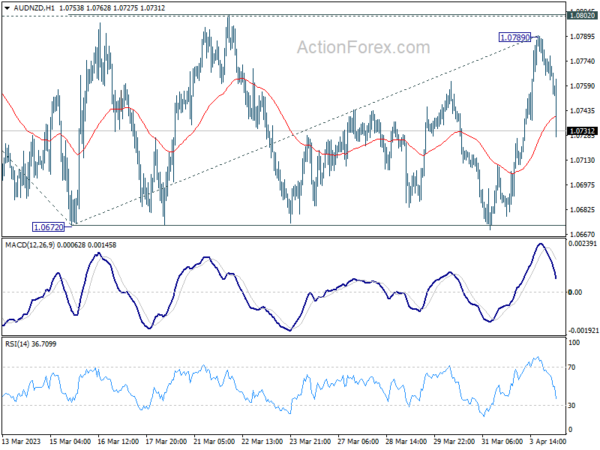
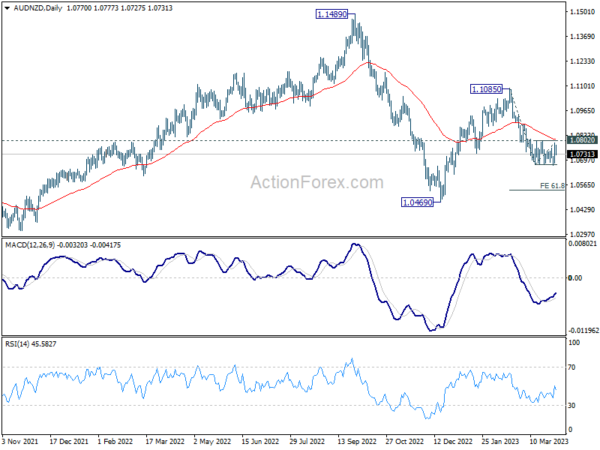
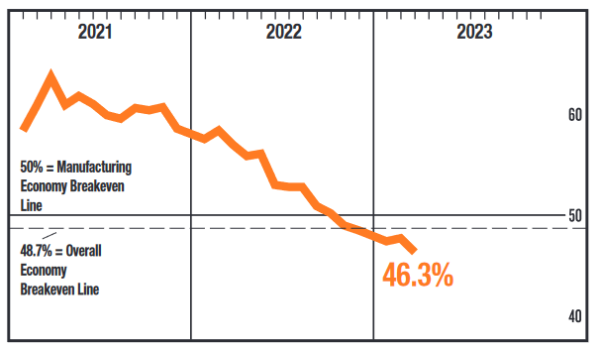
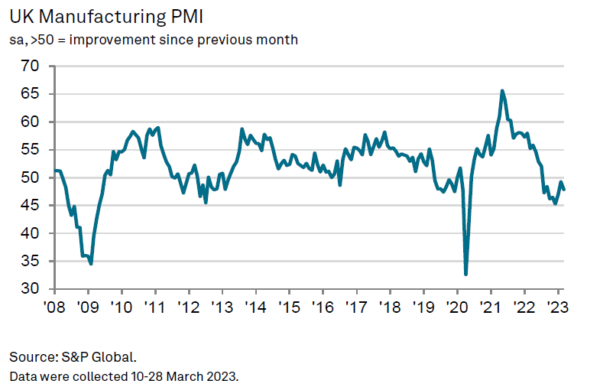
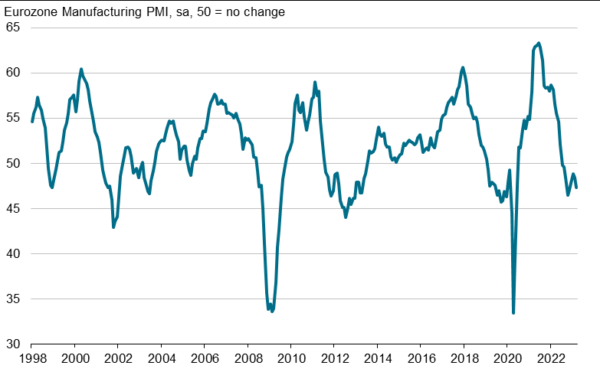
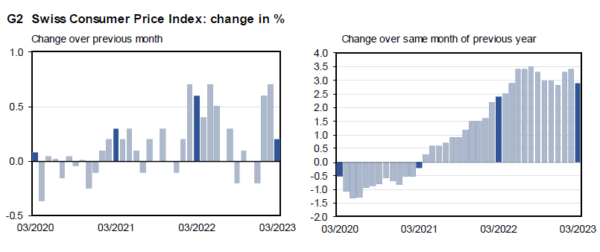
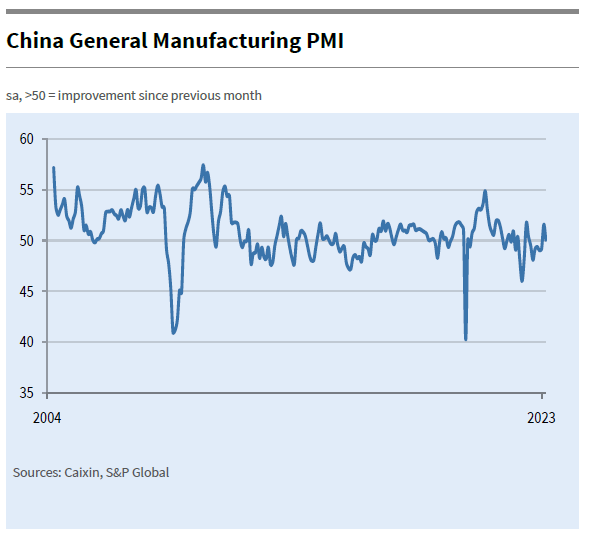
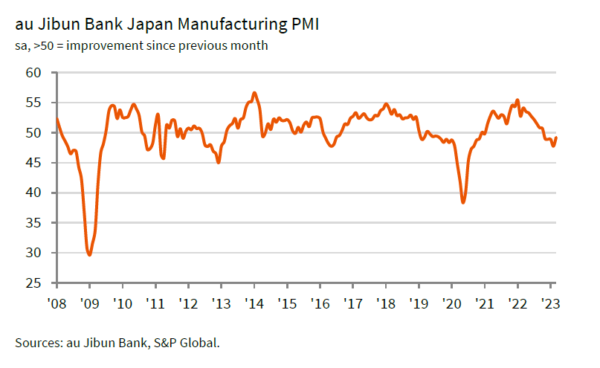
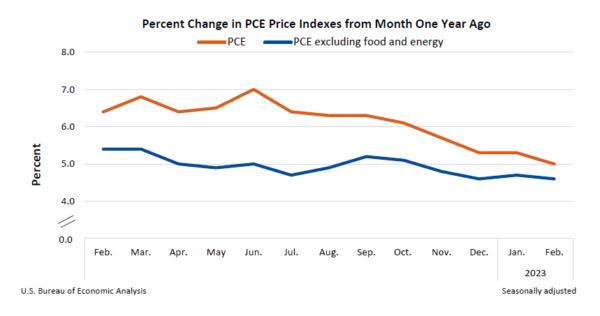
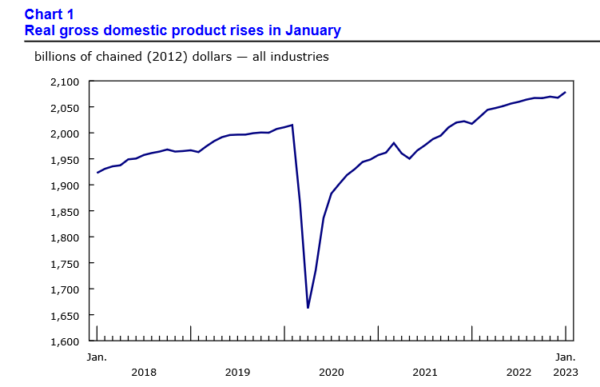
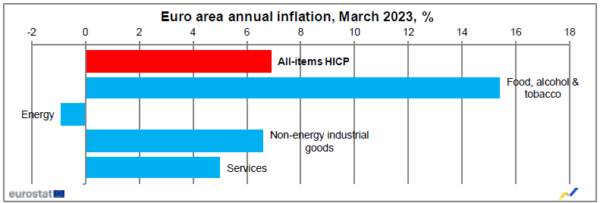

ECB Makhlouf: Must remain steadfast and ready to act as required
ECB Governing Council member Gabriel Makhlouf emphasized the need for vigilance regarding the lagging effects of monetary policy on growth and inflation.
He said today, “We must remain alert to the longer lags in the transmission of monetary policy to growth and inflation.” He highlighted the importance of evaluating the impact of past monetary policy decisions on the economy when determining further action.
Makhlouf also stressed that the ECB “must remain steadfast and ready to act as required” to ensure that inflation returns to its target level over the medium-term.
He added that interest rates must be maintained at a restrictive level to dampen demand, implying a continued cautious approach by the ECB in managing inflation expectations and economic growth.